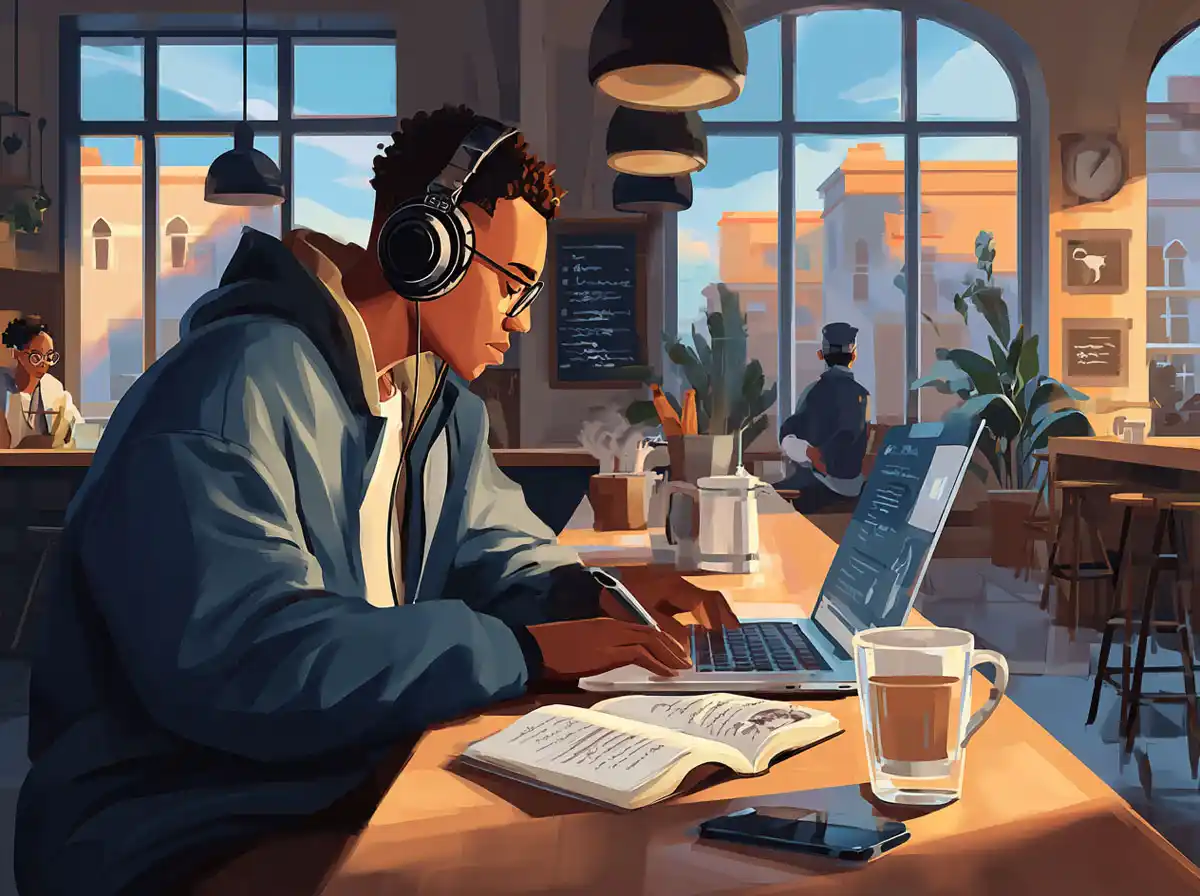Why Learning to Ask for Directions in English Is Important
English is a global lingua franca, widely used in travel, business, and everyday interactions. When visiting English-speaking countries or international hubs, the ability to ask for directions can save time, reduce stress, and prevent misunderstandings. Here are some key reasons why developing this skill is vital:
- Enhances Travel Experience: Quickly find landmarks, transportation, and services without relying solely on technology.
- Builds Confidence: Engaging locals in conversation boosts language skills and cultural understanding.
- Improves Safety: Knowing how to ask for help or directions can be critical in emergencies or unfamiliar environments.
- Promotes Social Interaction: Encourages friendly exchanges and networking opportunities.
By integrating structured practice, such as through Talkpal’s language learning platform, learners can simulate real-world dialogues, reinforcing vocabulary and sentence structures relevant to asking for directions.
Common Phrases for Asking Directions in English
Knowing the right vocabulary and sentence patterns is the foundation of effective communication. Here are some common and polite ways to ask for directions:
Basic Phrases
- “Excuse me, could you tell me how to get to…?”
- “Can you please direct me to…?”
- “I’m looking for the nearest…”
- “How do I get to the…?”
- “Is this the right way to…?”
Polite Additions
Adding politeness makes your request more courteous and is common in English-speaking cultures:
- “Could you please help me find…”
- “Would you mind telling me the way to…”
- “Sorry to bother you, but can you tell me…”
Asking for Clarification
Sometimes directions are unclear, so you may need to ask follow-up questions:
- “Could you repeat that, please?”
- “Do I need to turn left or right?”
- “How far is it from here?”
- “Is it within walking distance?”
Understanding Directions and Landmarks
When receiving directions, it’s important to understand common terms and landmarks that people often use:
Key Directional Words
- Left / Right: Basic turning instructions.
- Straight ahead / Go straight: Continue forward.
- Next to / Beside: Located immediately adjacent.
- Opposite: Across from a location.
- At the corner: Where two streets meet.
- Across the street / Road: On the other side of the street.
Common Landmarks Used in Directions
People often use landmarks to help others navigate easily:
- Traffic lights
- Bus stops
- Churches or temples
- Schools or universities
- Parks or squares
- Shopping centers
- Fountains or statues
Recognizing these terms and landmarks will allow you to follow directions more accurately. Practice listening to native speakers giving directions through language apps like Talkpal to improve your comprehension.
How to Respond After Receiving Directions
It’s courteous to acknowledge the help you receive and clarify any doubts. Here’s how you can respond effectively:
- Thanking: “Thank you so much for your help!” or “I really appreciate it.”
- Confirming: “So, I turn left at the traffic light and then go straight?”
- Asking for repetition: “Could you please say that again more slowly?”
- Clarifying distance: “Is it far from here?”
- Requesting a map or phone directions: “Would you mind showing me on the map?”
Using polite language and showing gratitude encourages positive interactions and often leads to clearer assistance.
Cultural Tips When Asking for Directions in English-Speaking Countries
Understanding cultural etiquette can make your experience smoother and more pleasant. Some tips include:
- Approach politely: Start with “Excuse me” or “Sorry to bother you.”
- Be patient: Some people may not be familiar with the location or may give approximate directions.
- Use gestures: Pointing or using hand movements can help clarify your question.
- Listen carefully: Directions may include landmarks or colloquial terms.
- Don’t hesitate to ask multiple people: If unsure, verifying with another person is common and acceptable.
Practicing these cultural norms will improve your communication and respectfulness when interacting with locals.
Tips for Practicing Asking for Directions in English
To become proficient, regular practice is key. Here are some practical tips:
- Role-play scenarios: Practice with friends, teachers, or language exchange partners using common phrases.
- Use language learning apps: Platforms like Talkpal provide interactive sessions focused on real-life conversations.
- Watch videos: Observe how native speakers ask for and give directions in movies or YouTube videos.
- Practice listening: Listen to audio clips or podcasts featuring travel dialogues.
- Visit new places: Try asking for directions in English while exploring your local area or traveling.
- Learn vocabulary: Build a list of directional words and landmarks to review regularly.
Consistent exposure and active use will help you internalize these phrases and respond confidently.
Conclusion
Mastering how to ask for directions in English is a fundamental skill that facilitates travel, enhances social interactions, and promotes independence. By learning common phrases, understanding directional vocabulary, and practicing cultural etiquette, you can navigate unfamiliar places with ease. Utilizing resources such as Talkpal allows learners to engage in practical conversations, reinforcing their skills in a supportive environment. Whether you are a beginner or looking to refine your English, dedicating time to practice asking for directions will undoubtedly improve your overall communication and make your journeys more enjoyable and stress-free.










